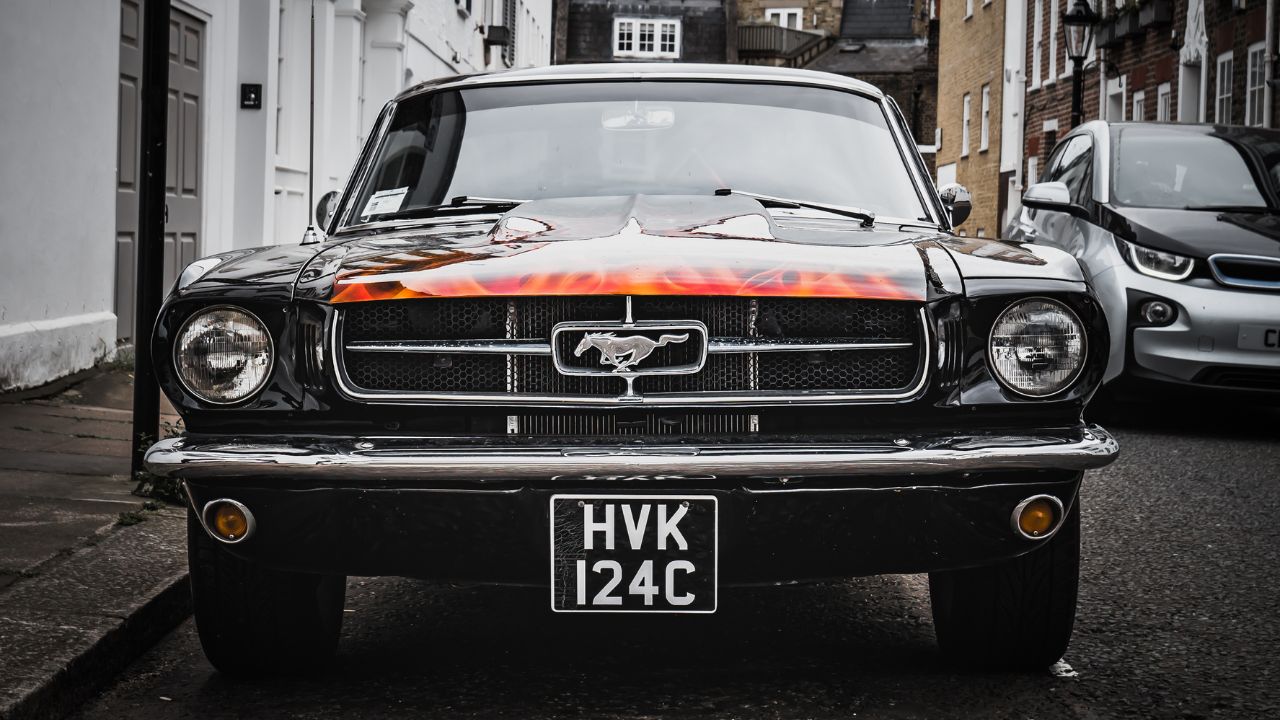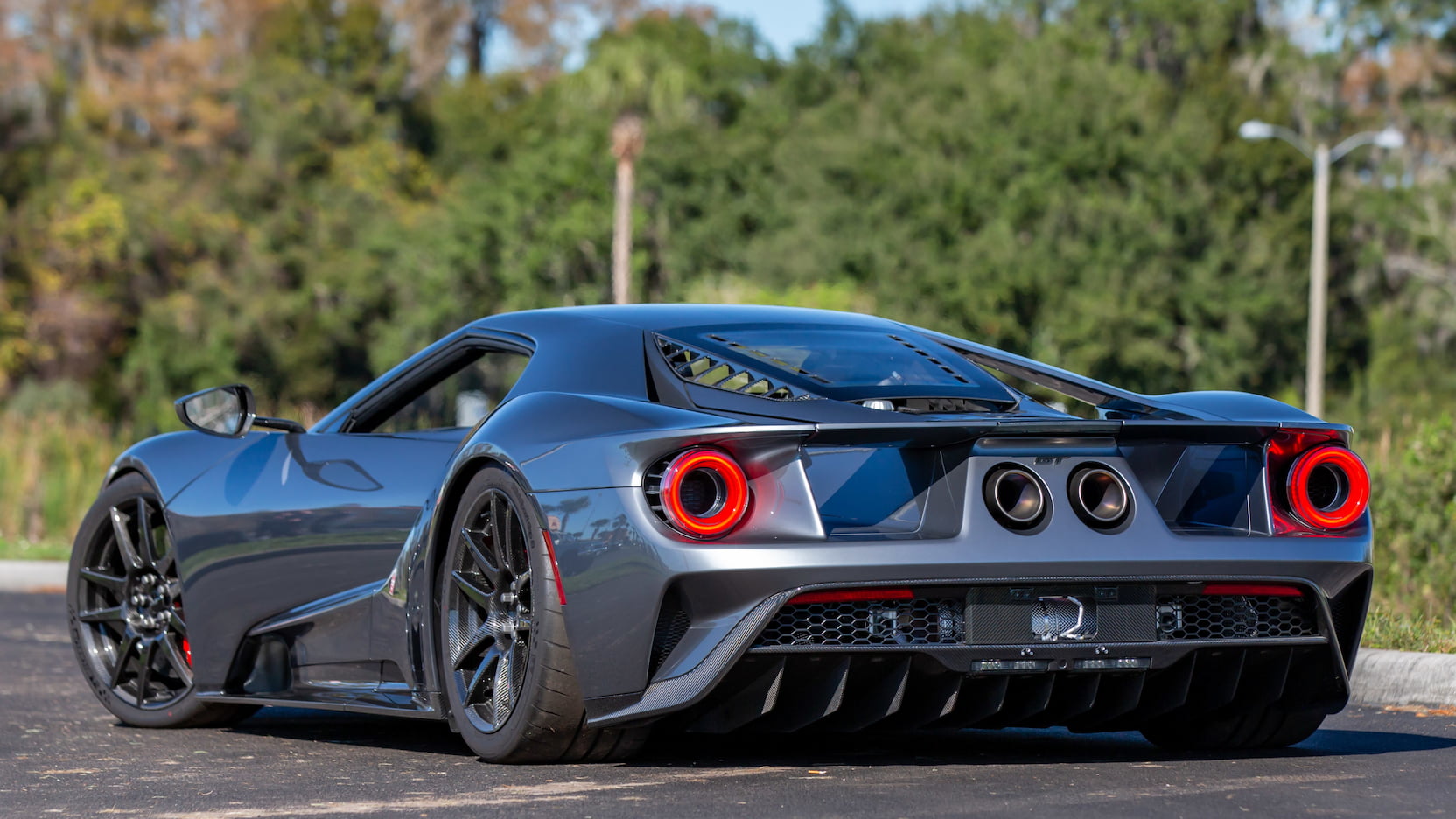
It's difficult to choose one of the many types of police cars that were available in the 1990s. This article focuses on Ford Crown Victoria Police Interceptors, Dodge Diplomats, Plymouth Gran Furys, and Camaro. Each one is distinctive and has its unique characteristics which make it an exceptional police car. The Camaro is the one that stands out among all of them:
Ford Crown Victoria Police Interceptor
Ford Crown Victoria Police Interceptor (midsize police car) was built on a platform that used a body-on frame design. It was a popular choice with fleet buyers, law enforcement officers, and taxi companies. Its body on-frame construction made repairs simple and quick. The vehicle has its flaws. These drawbacks will be discussed in this article. You may not find this vehicle the best fit for your needs.
The police vehicle was built with a stab-resistant steel plate in the backseat to prevent stabs from suspects in the rear seat. The police vehicle also has a break in its bench seat for added safety. The column-mounted shifter makes it easy to use. It is standard with an All-Wheel Drive powertrain. The vehicle boasts larger brake drums and an advanced ABS with cooling system.

Dodge Diplomat
The 1988-1990 Dodge Diplomat police car was a sleek, reliable machine, making it the perfect choice for fleet use. The car had a 318ci, V8 engine that was rated at 140 horses. Even though the Lean Burn ignition was still in use in 1988 it was well-established. The car was featured on many television and movie shows in the 1980s.
The Dodge Diplomat was the only intermediate model. It was also the second most popular vehicle in 1977. The Diplomat also featured a padded knee blocker on the instrument panel in front of the driver. It was finished off with a black vinyl roof. Police fleets also liked the Diplomat for its reliability and affordability. But it was not long-lasting and the Dodge Dynasty replaced the vehicle in 1990.
Plymouth Gran Fury
The 1989 Plymouth Gran Fury Police Car is one of the last of the full-size R-body police cars from Mopar. It features a 318 ci V8 engine and a TorqueFlite automatic transmission. It has been modified with a police package, and has only 67,000 miles. Original intention was to make the burgundy color scheme for a New Jersey museum. Gran Fury is a police automobile with a limited production.
Gran Fury's hardtop and pillared design are the first ever of their kind. The car was originally a pillared coupe when it debuted in 1970. It was later updated with a twodoor hardtop body in 1971. In 1971, the Fury Gran Sedan was introduced as a hardtop sedan. Only a few Furys were sold to police departments during the 1970s. However, the model was a great success.

Camaro
Boones Mill Police Department, Virginia, ordered a 1990 Chevrolet Camaro as soon as the B4C package became available. The car had a 5.7-liter V8 engine and an automatic transmission. The car has 73,000 miles on its drivetrain. It also comes with the B4C package which includes 16-inch aluminum wheels, an engine cooler, and disc brakes at all four corners. It is expected to be sold for $20,000 by the seller, making it an attractive investment.
The GM Camaro, while a great car, was no longer a good choice for police cars. The Chevrolet B4C was considered superior by the police. The Corvette-inspired V8 engine of 5.7-liters was used to power the car, which could travel up to 150 mph. This car was a favorite with state troopers. It had more horsepower than the predecessor and was also quicker.
FAQ
Is being a mechanic apprentice hard?
It's not easy, however, it is very rewarding and offers many opportunities for growth.
You must be patient and persistent. It is also important to know how you can fix vehicles, trucks, or motorcycles.
There is a lot of pressure from customers and family members who want you to succeed. But you should never feel pressured into making decisions you aren't comfortable with.
This could be an excellent career choice for someone who enjoys fixing cars. You can make a decent living and build your business.
However, you might prefer to go down another route. In this case, you could consider becoming a technician instead.
This requires you to use your technical expertise in support of other workers. You could help technicians troubleshoot problems or teach them new techniques.
Another option is becoming a service advisor. When customers bring their cars into a garage, they will receive advice and assistance.
Your choice is based on what you choose to do. There are plenty of options available, and you can choose which suits you best.
What qualifications do I need to become a mechanic?
To become a mechanic, you'll need to pass a series of exams. These exams include:
-
A general knowledge assessment
-
A practical examination
-
An apprenticeship test
These tests are meant to help you grasp the fundamentals of mechanical engineering and physics, before you begin your journey as a mechanic.
Once you've passed these tests, you'll be eligible to work as a mechanic. However, you'll still need to complete an apprenticeship. This will involve training in your trade.
To fully understand the mechanics of vehicle repairs, you'll need workshops and classes. Experienced mechanics will also be required.
You'll need a high level of concentration and attention to detail if you want to succeed as a mechanic. You'll need to pay close attention to every aspect of vehicle repairs.
To become a good mechanic, you need patience and persistence. If you don’t like following directions, then this career path may not suit you.
This job is for you if you are passionate about cars and love fixing them.
What's the difference between a mechanic and an automotive technician?
These two jobs are very similar but not identical. A mechanic repairs cars while an automotive technician does maintenance on them.
A mechanic should be able to do simple tasks quickly and have good manual dexterity. They should be able to accurately diagnose problems and repair them efficiently.
An automotive technician needs to be more technically skilled than a mechanic. They must be able to read blueprints and use tools such as drills and wrenches.
They must also be able perform complex procedures safely. They must also be familiarized in different types and electrical systems.
They must also understand the interplay of different parts.
The result is that a mechanic often earns less than an auto technician. Both jobs offer many possibilities.
Is it hard to get a job working as an auto mechanic?
Yes, it can be very easy. Many garages advertise their vacancies online, and many people apply just because they think it might be fun. You can apply for several places to see if they are accepting student applications if you want to get your foot in their door. Ask your friends and family to recommend anyone in the field. They may be happy and willing to recommend someone.
Is it worth becoming a mechanic?
The answer to this question will depend on your goals for life. If you are looking for financial gain, then yes. However, if purpose and meaning are what you seek, then no.
It's not worth learning mechanics if you don’t have the skills. You'll waste your time. It will not make you rich. It will not make you famous. It's unlikely that it will change your life.
This would require you to spend many years learning how to properly do everything. It would be expensive to have your car fixed by someone else. It's the reason most people don't bother. They find something else to do.
Summarising, if your goal is to make lots of money, go for it. You can't live a meaningful existence if your goal is to make a living in the mechanic's business.
What is the average time it takes to become a mechanic?
It takes years of practice and experience to become an expert mechanic. Working under the guidance of a professional mechanic is the best way to learn how repair cars.
You will need to spend some time in a garage to learn as much about cars and mechanics as possible. It is important to get familiar with the mechanics of cars and engineering.
And you'll also need to attend auto school.
It's crucial to start as soon as possible. Do not wait to learn automotive technology. Get started now if you are interested in becoming a mechanic.
Statistics
- The U.S. Bureau of Labor Statistics (BLS) reports that the job outlook for automotive service technicians and mechanics is expected to decline by 4% from 2019 to 2029. (indeed.com)
- Apprentice mechanics earn significantly less hourly than mechanics who have completed training, with a median wage of approximately $14.50 an hour, according to PayScale. (jobhero.com)
- There were 749,900 jobs available for automotive service technicians and mechanics in 2016, which is expected to grow by six percent through 2026. (jobhero.com)
External Links
How To
How to become a mechanic certified
The mechanic's certificates are intended for professionals who wish to become automotive technicians. They give an overview of the various areas of auto repair.
The program is composed of 12 hours classroom instruction and three month's on-the-job training at participating dealers. Students must complete at least 60 hours of classroom work per semester. They also need to pass a written test that covers theory and practical questions. After completing the coursework, students can take the National Institute for Automotive Service Excellence’s (ASE) state examination. Automotive service technicians must be certified by ASE.